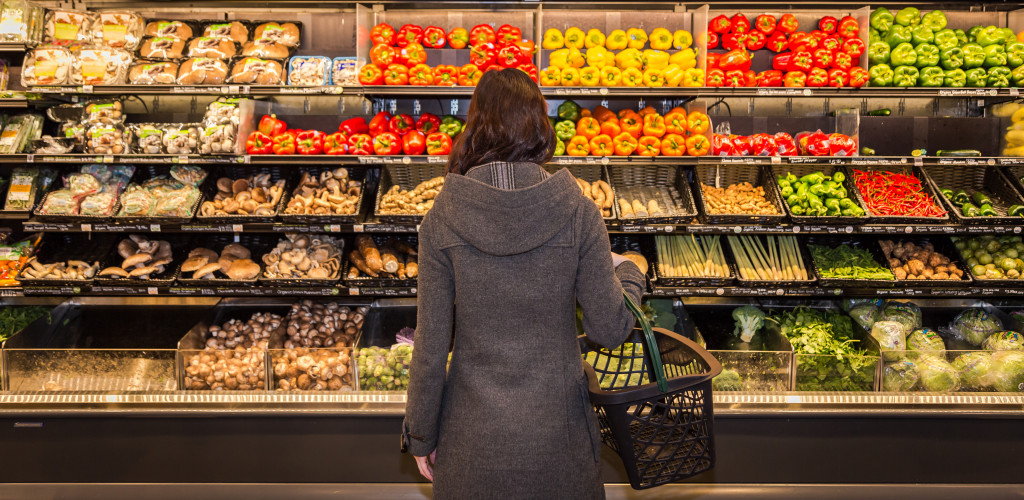Have you ever thought about why retail stores or grocery stores are arranged the way they are? Why are the essentials so far away from the entrance? Why are certain products so far away from each other? Just why?
Don’t think that retailers place products on a shelf for no good reason. Every product on every single shelf or rack is placed there for a purpose. And that is to influence the consumers’ decisions on what products to buy. If you’re in retail, you have to know the secret behind visual merchandising and product placements. That can affect how your business performs even more than you thought it would.
In grocery stores, they have something that’s called slotting fees. It’s the amount you pay to have your product placed on a grocery shelf. How much you spend determines where your product ends up on a shelf. Slotting fees can cost at least $5,000, and it can go up to millions. That’s right, millions! Companies are paying millions of dollars to have their products near the check-out. Why is that? That’s because product placement has a lot to do with consumer behavior and psychology. And knowing how psychology works is how you make the most sales.
Although some stores claim that they don’t have slotting fees, the retail industry is still very competitive, especially if you’re in the food and beverages category. So, if you’re looking to get your products on the shelves –– with some pretty big companies, mind you –– you’ve got to learn how to make your product stand out. Here’s how:
Price your products competitively
In the retail industry, you will find so many variations of the same product. But the main thing that sets them apart is the cost. When people are shopping at a grocery store, they will always try to find the most reasonably priced product.
To price your products competitively, you will have to calculate your costs. And of course, check on your competition. You have to take into consideration what sets you apart from your competitors. By doing so, you will have an idea of how much you should add or subtract to your product’s initial price.
Create impactful packaging and displays
Another right way to set your product apart from the rest is through its design. Is it eye-catching enough? You have to make sure that your designs are impactful. You only got a second to grab the customer’s attention.
Suppose you are selling beverages, for example. Instead of having your product placed on the shelf with the rest of the drinks. Why not opt for a customized beverage display rack. This way, customers don’t have to scan through shelves of thousands of different drinks. They could see yours on its own customized stand, away from the noise of the other beverages. A personalized display can be used for any product, by the way.
The color of your product is essential, as well. Did you know that the color of a product influences a consumer’s purchasing decisions? Seventy-five percent of snap judgments about products are based on its package or design colors.

Place your products strategically
Ever heard of “eye-level is the buy level”? Well, it’s true. Products placed at eye-level receive 35% more attention than products placed on higher or lower shelves. There are two “eye-levels,” 1.2 to 2.5 meters for adult eye-levels and 0.9 to 1.2 meters for kids. That’s why all the sweets and candies are placed on lower shelves. Nothing can convince you more than a child throwing a tantrum over sweets that they want.
Another great strategy would be placing your products next to something complementary. For example, you can place toothpicks next to the popcorn aisle, put boxes of diapers at the shelves nearer to children’s toys and games, or have an Advil stand next to the shelves of alcoholic beverages. Genius –– or rather ingenious –– ideas like that will catch people’s attention and get them to buy your product.
Oh, and remember why they always seem to place the essentials at the farthest area possible? It’s because retailers know that you need them, but they don’t want you to leave the store just yet. They’ll have people go through aisles and aisles of different products — full of other deals and promotions — so people will end up buying more than they intended to.
If you take a closer look at the retail industry, you’ll realize that people’s buying habits aren’t entirely in their control after all. Retailers have studied consumer behavior for years. The digital age has made it even easier for them to gather more data. That helps them study and manipulate consumer behavior. Visual merchandising has a lot to do with psychology and consumer behavior manipulation. Sounds evil, right? Yet people fall for it every time. You can use this to your advantage too!







